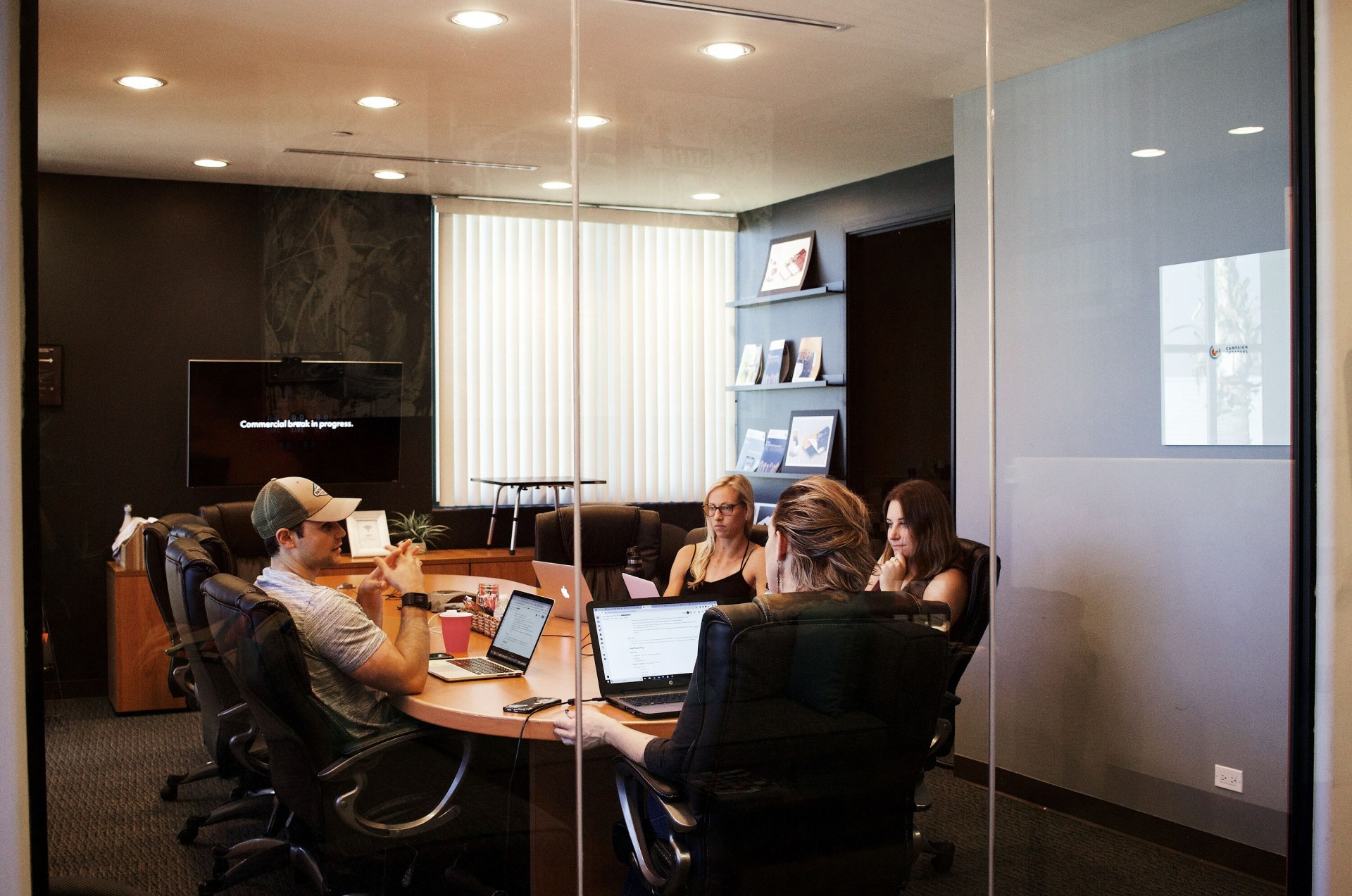
Today’s workers have different wants and needs compared to those of previous generations. Security and predictability have given way to preferences for flexibility, culture fit and a people-first focus.
Google recently published an article stating that psychological safety can be the number one dynamic that sets a successful team apart from others; more important that actual talent or resources. Psychological safety speaks to an environment where individuals can take risks and be vulnerable in front of each other.
Psychological safety speaks to an environment where individuals can take risks and be vulnerable in front of each other.
Defining employee experience
The employee experience can be defined as a set of perceptions that employees have about their experiences at work in response to their interactions with the organization. The employee experience (EX) signifies the entire life cycle an employee has with a company, from onboarding to departure.
When unemployment was higher, posting a job opening could often attract hundreds of candidates eager to find employment. That dynamic has changed. Now it can take several months to find that high-performing employee that possesses all the desired attributes. A great culture, people-focus and employee experience will be the components that will attract the best candidates.
The employee experience is all about people feeling good about the work they do and the company for which they work. It’s about being excited to go to work. A positive employee experience gives workers a feeling that they are a part of something special and that their contributions are meaningful to the organization.
A positive employee experience is not reserved for the elite workplaces in the world such as Apple, Zappos and Disney. EX is something that all organizations should aspire to in order to compete for top talent in the modern workplace.
“Employers must provide development more quickly, move people more regularly, provide continuous cycles of promotion and give employees more tools to manage their own careers.” Employees don’t want to come in and do the same thing day after day, week after week, year after year. They want to be challenged, know someone is listening to their ideas and that their ideas can and will take the organization to the next level.”
Components of a great employee experience
If an employee leaves the office exhausted day after day, or gets knots in his or her stomach every Sunday just from thinking about the upcoming work week, he or she is probably not having the best employee experience. Companies need to create an environment that attracts people; an environment where current employees want to recruit their friends to work. Imagine the productivity of a company where every employee loves his or her job!
One of the most successful entrepreneurs of our lifetime is Sir Richard Branson, founder of the Virgin Group. He breaks down employee experience simply and succinctly in his quote, “There’s no magic formula. The key is just to treat your staff how you would like to be treated. Think of it as the Golden Rule for creating an exceptional employee experience.” Leaders need to think about what type of experience they themselves want and how that experience can be translated to the entire staff.
Leaders need to think about what type of experience they themselves want and how that experience can be translated to the entire staff.
According to a recent Deloitte report, “Employers must provide development more quickly, move people more regularly, provide continuous cycles of promotion and give employees more tools to manage their own careers.” Employees don’t want to come in and do the same thing day after day, week after week, year after year. They want to be challenged, know someone is listening to their ideas and that their ideas can and will take the organization to the next level.
The cost of finding a new employee
For general employment, it can regularly take between 45-75 days, on average, to find the right person for the right job. Hiring for specialty positions can take significantly longer, sometimes many months. Most high-performing workers are currently employed, though they realize they have choices.
A study conducted by the Society for Human Resource Management revealed that employers need to spend the equivalent of six to nine months of an employee’s salary in order to find and train their replacement. Hiring mistakes are costly. A new employee can take up to two full years to reach the same level of productivity as an existing staff member, according to business expert Josh Bersin of Bersin by Deloitte. A new hire will need to acclimate and be trained, likely taking productive work time away from co-workers.
The Harvard Business Review points out that as much as 80% of employee turnover is due to bad hiring decisions. While organizations may be anxious to fill positions, a more prudent approach is to put a little extra time and effort into hiring to ensure getting it right the first time.
Engagement
Employee engagement is getting a lot of publicity these days. Despite engagement being on the upswing, the majority of workers (53% of them) remain disengaged according to a recent study by Gallup. The question an organization needs to ask is…what’s missing? What can we do to tap into to true talent and abilities of that 53%?
Imagine the possibilities if organizations started to get high-level production from workers that are just working to get by.
Imagine the possibilities if organizations started to get high-level production from workers that are just working to get by. Putting more focus and attention on soft skills may be the answer to moving some of those disengaged workers to the engaged side.
Putting people first
Putting people first – sometimes the simplest ideas are the best. Companies that put people first will have a staff of employees that say “I love my job and I’m excited to do what I do.” Not only will these employees do better work, they will act as the company’s own recruiting arm by promoting the virtues of the company to their peers.

Download Our Free Hiring Guide.
In this guide, you’ll get access to the seven most important questions to ask when hiring someone. And yes, they go way beyond a basic job description.



